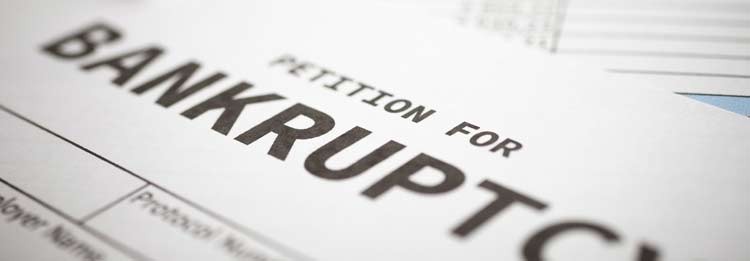Most people understand the basic concepts of bankruptcy. They know that papers are filed with the Greenville County Bankruptcy Court and then they don’t owe their debt anymore. I wish filing a bankruptcy were that easy. I always give a brief description of the bankruptcy process to my clients during the initial consultation. Bankruptcy is a form driven process and these forms are used to show the Court and the creditors that a debtor (a person filing bankruptcy is known as a debtor) can’t pay.
A bankruptcy case is started by filing several documents: Voluntary Petition, Schedules A-J, Statements of Financial Affairs, and Means Test. There are several other forms that need to be filed, but these forms are the most important. Let’s explore these documents individually below.
VOLUNTARY PETITION
The voluntary petition is the first form filed. This form tells the Court the debtor’s identifying information, such as name and address. It also indicates the chapter of bankruptcy (7 or 13), and whether South Carolina or another state is the proper place to file the bankruptcy case. Importantly, this document states that the debtor understands the concept of a bankruptcy and wishes to file the case. There is also a signature page at the end of the Voluntary Petition where the debtor attests that everything on the Voluntary Petition is true and correct to the best of their knowledge.
SCHEDULES A-J
Schedules A-J (or simply the “schedules”) are the documents that show the Court the debtor’s current financial situation. Each individual schedule represents a different part of the debtor’s finances. See the table below for a brief explanation of each schedule’s purpose and type of information listed.
- Schedule A – Real Property example: houses, grave plots
- Schedule B – Personal Property example: vehicles, furniture, bank accounts
- Schedule C – Exemptions example: property debtor will keep (usually 100%)
- Schedule D – Secured Creditors example: home loans, car loans
- Schedule E – Priority Unsecured Creditors example: income tax debts, child support
- Schedule F – Unsecured Creditors example: credit card bills, medical bills
- Schedule G – Executory Contracts/ Leases example: real estate leases, equipment leases
- Schedule H – Co-Debtors example: co-signors
- Schedule I – Income example: income from employment, social security
- Schedule J – Expenses example: utilities, rent, mortgage
STATEMENT OF FINANCIAL AFFAIRS
In contrast to the schedules, the statement of financial affairs (or “SOFA”) details the debtor’s recent financial history. The SOFA lists a variety of information, such as the debtor’s sources of income for the past 3 years, transfers of property in the past 2 years, large payments to creditors, and lawsuits in which the debtor is a party. The SOFA lists much more information, but I’ll save that for another day. The statement of financial affairs also shows the Court whether fraudulent transfers or preferences exist. A fraudulent transfer is when a debtor tries to get rid of property so that it isn’t taken from them in a bankruptcy and a preference is when a debtor chooses to pay certain creditors over others prior to bankruptcy. Both fraudulent transfers and preferences can be undone to benefit the creditors of a bankruptcy case.
MEANS TEST
The last important form that is filed is called the means test. The means test looks into a debtor’s income and expenses to determine if there is any disposable monthly income. This form has a different purpose depending on the chapter of bankruptcy case filed. See my blog on the differences between the chapters for an explanation of the differences between chapter 7 and chapter 13 bankruptcies. If the debtor filed a chapter 7, the form will prove that the debtor does not have any income left over to repay their creditors. If the debtor files a chapter 13, then the form shows how much excess income the debtor has to use to repay their creditors.
CONCLUSION
Bankruptcy is a complicated area of the law. Whereas I have provided a brief explanation of the above documents to give debtor’s a better idea of the bankruptcy process, this is by no means a complete list. Although the forms seem simple, there are many intricacies involved in filling out the forms correctly. It is best to let an experienced bankruptcy professional handle the matter. If you are in the Greenville and Simpsonville area and are contemplating bankruptcy but are not sure if it’s right for you please give me a call at 864-399-7888 to set up a free consultation at our Simpsonville Office.

